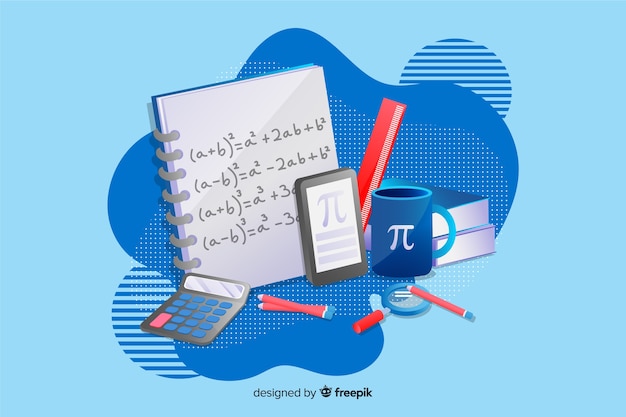Mathematics - Introduction to Advanced Learning Path
Created By Alison.com

210 Comments
54 Reviews
Text, Video
CPD
Top down, Task based education, Self-paced education
Visit this Pathway
Improve this profile
Mathematics - Introduction to Advanced Learning Path
Lightroom is the go-to program for photographers and editors that want to stay organized, create beautiful edits, and have full access to the power of RAW image files. Learn how to create a fast and efficient workflow, and use the robust editing tools to fix exposure, color grade, and create stunning effects like HDR.
Features
Progress Tracking
The pathway tracks your progress as you go through the pathway
Estimate Module Duration
Each module has an estimated time
Study Reminders
Pick a time for receiving a reminder Email
Note Taking
Take note from your learning outcomes
Download Notes
Download persnoal note to your PC
Email Notes
Send notes to personal Email